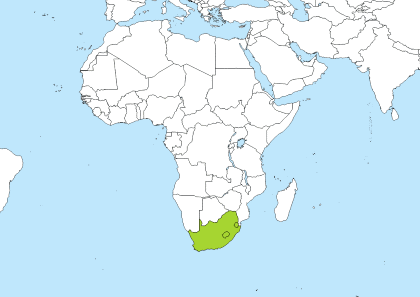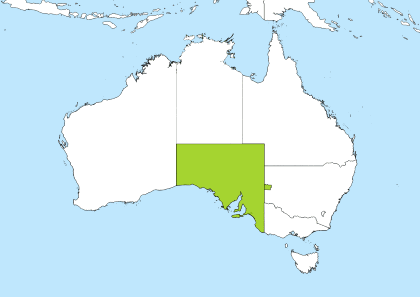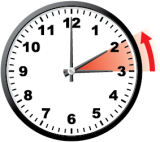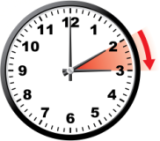SAST to ACDT Converter
Time Difference
South Africa Standard Time is 7 hours and 30 minutes behind Australian Central Standard Time
3:30 am03:30 in SAST is 11:00 am11:00 in ACST
SAST to ACDT call time
Best time for a conference call or a meeting is between 8am-10am in SAST which corresponds to 4:30pm-6:30pm in ACDT
3:30 am03:30 South Africa Standard Time (SAST). Offset UTC +2:00 hours
11:00 am11:00 Australian Central Standard Time (ACST). Offset UTC +9:30 hours
3:30 am03:30 SAST / 11:00 am11:00 ACST
| SAST | ACST |
|---|---|
| 12am (midnight) | 7:30 am |
| 1am | 8:30 am |
| 2am | 9:30 am |
| 3am | 10:30 am |
| 4am | 11:30 am |
| 5am | 12:30 pm |
| 6am | 1:30 pm |
| 7am | 2:30 pm |
| 8am | 3:30 pm |
| 9am | 4:30 pm |
| 10am | 5:30 pm |
| 11am | 6:30 pm |
| 12pm (noon) | 7:30 pm |
| 1pm | 8:30 pm |
| 2pm | 9:30 pm |
| 3pm | 10:30 pm |
| 4pm | 11:30 pm |
| 5pm | 12:30 am |
| 6pm | 1:30 am |
| 7pm | 2:30 am |
| 8pm | 3:30 am |
| 9pm | 4:30 am |
| 10pm | 5:30 am |
| 11pm | 6:30 am |
| 0:00 | 7:30 |
| 1:00 | 8:30 |
| 2:00 | 9:30 |
| 3:00 | 10:30 |
| 4:00 | 11:30 |
| 5:00 | 12:30 |
| 6:00 | 13:30 |
| 7:00 | 14:30 |
| 8:00 | 15:30 |
| 9:00 | 16:30 |
| 10:00 | 17:30 |
| 11:00 | 18:30 |
| 12:00 | 19:30 |
| 13:00 | 20:30 |
| 14:00 | 21:30 |
| 15:00 | 22:30 |
| 16:00 | 23:30 |
| 17:00 | 0:30 |
| 18:00 | 1:30 |
| 19:00 | 2:30 |
| 20:00 | 3:30 |
| 21:00 | 4:30 |
| 22:00 | 5:30 |
| 23:00 | 6:30 |
South Africa Standard Time
Offset: SAST is 2 hours ahead Greenwich Mean Time (GMT) and is used in Africa
Countries: It is used in following countries: Lesotho, Eswatini (Swaziland), South Africa
Principal Cities: The largest city in the SAST timezone is Cape Town from South Africa with population about 3.433 million people. Other major cities in the area are Durban, Johannesburg, Soweto, Pretoria
Daylight Saving: South Africa Standard Time (SAST) is not adjusted for daylight saving therefore SAST remains the same through out the year. This means, unlike some time zones where the clock is set forward by one hour every summer and backward by one hour during winter to adjust for daylight saving, South Africa Standard Time remains the same

SAST representations, usage and related time zones
- +02 - basic short
- +0200 - basic
- +02:00 - extended
- +0200 - sign character (+) followed by a four digit time providing hours (02) and minutes (00) of the offset. Indicates two hour and zero minutes time differences to the east of the zero meridian.
- Bravo - Military abbreviation for SAST
- B - short form of 'Bravo'
- Africa/Johannesburg
- Africa/Maseru
- Africa/Mbabane
- CEST - Central European Summer Time
- EET - Eastern European Time
- MESZ - Mitteleuropäische Sommerzeit
- B - Bravo Time Zone
- CAT - Central Africa Time
- IST - Israel Standard Time
- SAST - South Africa Standard Time
- WAST - West Africa Summer Time
Australian Central Daylight Time
Offset: ACDT is 10 hours and 30 minutes ahead Greenwich Mean Time (GMT) and is used in Australia
Countries: It is used in following countries: Australia
Principal Cities: The largest city in the ACDT timezone is Adelaide from Australia with population about 1.225 million people. Other major cities in the area are Adelaide Hills, Mount Gambier, Morphett Vale, Prospect

Daylight Saving: Australian Central Daylight Time (ACDT) is a daylight saving/summer time zone, however during winter some places adjust time for one hour back and observe Australian Central Standard Time (ACST).
 End: Australian Central Daylight Time (ACDT) has ended on Sunday, April 7, 2024 at 3:00 am local time and clocks were set one hour back to Sunday, April 7, 2024, 2:00 am local standard time instead. Daylight saving ends annually the on first Sunday of April
End: Australian Central Daylight Time (ACDT) has ended on Sunday, April 7, 2024 at 3:00 am local time and clocks were set one hour back to Sunday, April 7, 2024, 2:00 am local standard time instead. Daylight saving ends annually the on first Sunday of April
 Start: Australian Central Daylight Time (ACDT) starts on Sunday, October 6, 2024 at 2:00 am local time and clocks are set one hour forward to Sunday, October 6, 2024, 3:00 am. Daylight saving starts annually the on first Sunday of October
Start: Australian Central Daylight Time (ACDT) starts on Sunday, October 6, 2024 at 2:00 am local time and clocks are set one hour forward to Sunday, October 6, 2024, 3:00 am. Daylight saving starts annually the on first Sunday of October
ACDT representations, usage and related time zones
- +1030 - basic
- +10:30 - extended
- +1030 - sign character (+) followed by a four digit time providing hours (10) and minutes (30) of the offset. Indicates ten hour and thirty minutes time differences to the east of the zero meridian.
- Australia/Adelaide
- Australia/Broken_Hill
- Australia/South
- Australia/Yancowinna
- ACDT - Australian Central Daylight Time
- LHST - Lord Howe Standard Time
